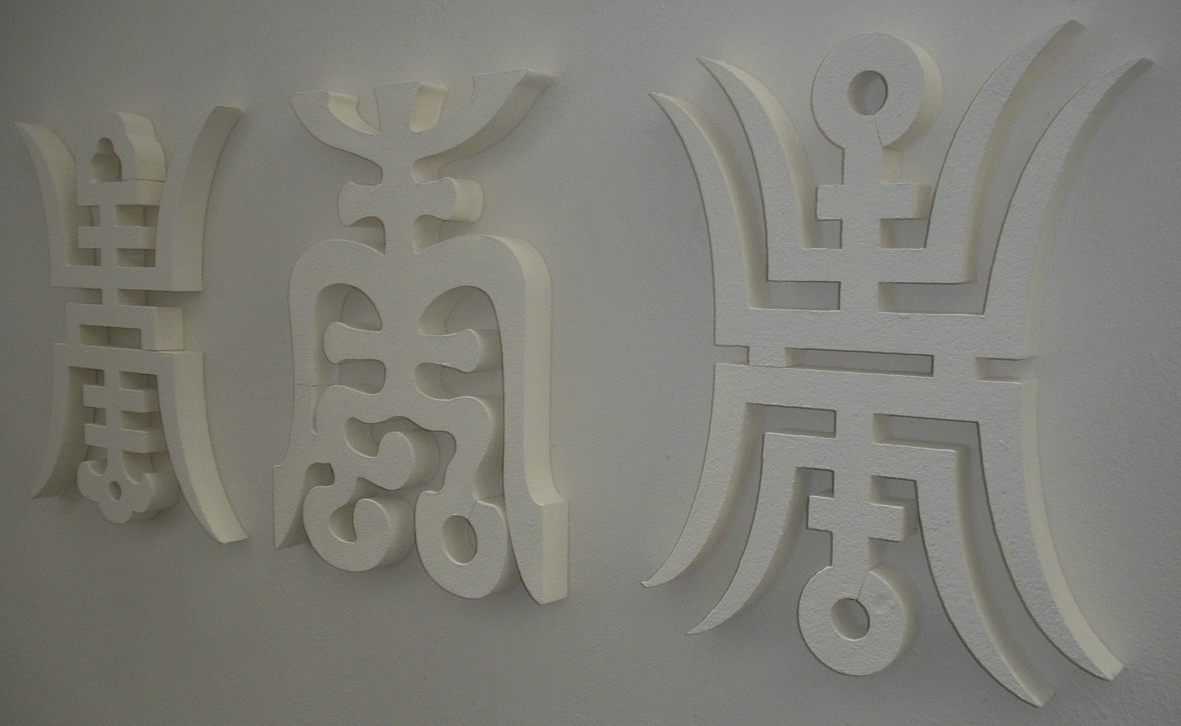
Click here to view image
Shou 壽 'long life'
The character is designed and reproduced in different forms as a wish for longevity. In the classic "one hundred types" is the wish for a life "as long as that of the southern mountains"

Click here to view image
Shou 壽 'long life'
The character is designed and reproduced in different forms as a wish for longevity. In the classic "one hundred types" is the wish for a life "as long as that of the southern mountains"

Click here to view image
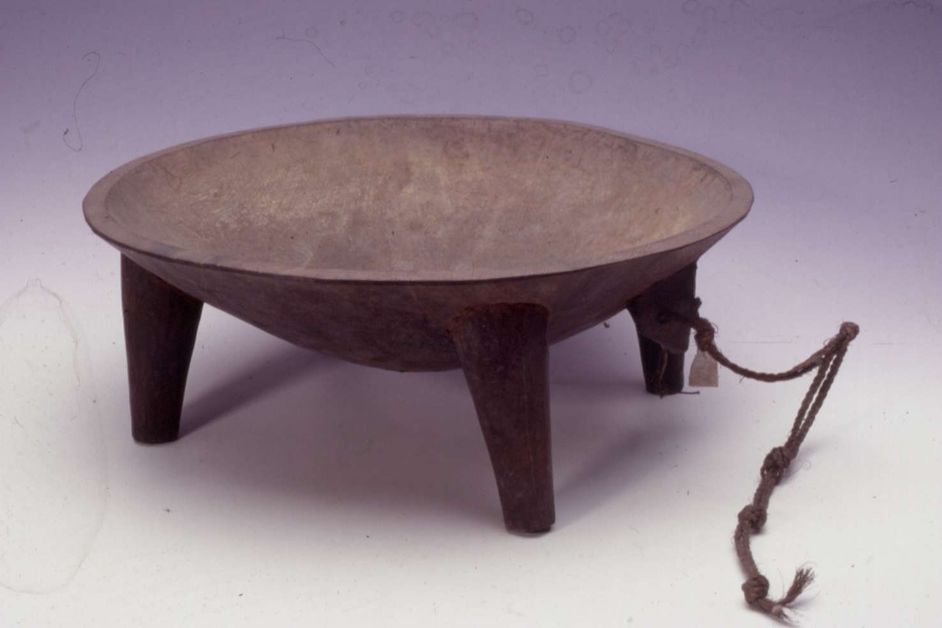
Click here to view image
Tanoa - Yaqona Cup
Wood and vegetable fibre
Yaqona (known as kava in other areas of Oceania) is a beverage with psychotropic properties derived from the roots of a plant in the piperaceous family (Piper methysticum). In the Tanoa is prepared an infusion in cold water with fresh or dried roots, previously pounded or chewed, which is then distributed to the participants in the ceremony. The use of yaqona in Fiji continues to have a social and ritual value, although it is common to find a preparation made for tourists.

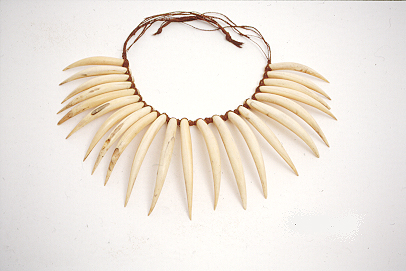
Click here to view image
Wasekaseka
Ivory (sperm whale teeth, Physeter macrocepahalus), vegetable fibres
Necklace composed of elements derived from sperm whale teeth cut lengthwise and then worked.
Ornament of great value, worn by leaders and men of rank not only in Fiji but also in Tonga and Samoa. They were generally works of Tongan and Samoan artists exported to Fiji.

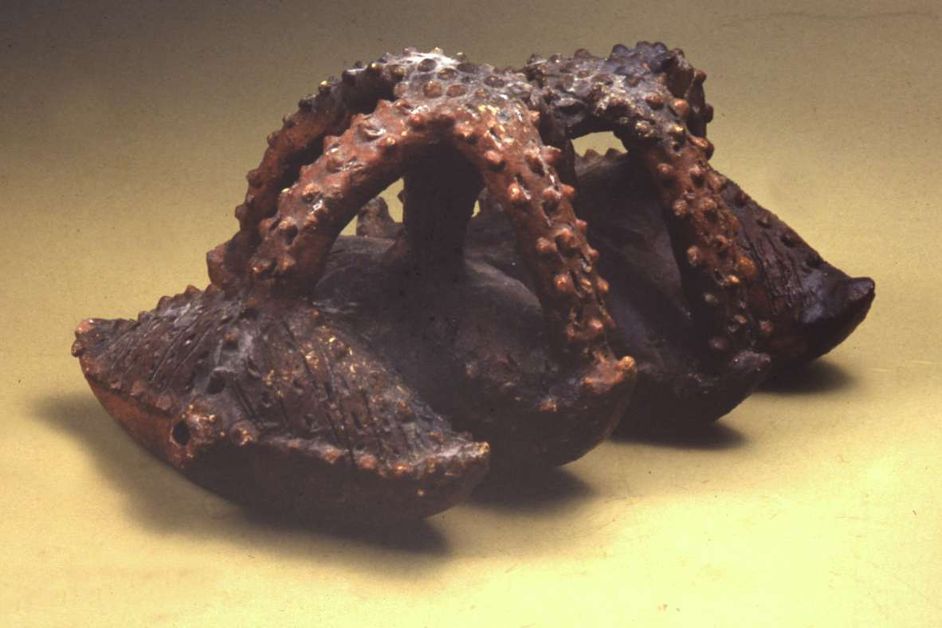
Click here to view image
E. A. D'Albertis 1932
Saqa
C.D.A.1100
Fiji
Per la modellatura veniva usata argilla mista a sabbia per rendere più consistente il materiale; successivamente si procedeva alla decorazione, che poteva essere incisa, impressa con bastoncini di legno o con le dita o anche con applicazione di palline o bastoncini di argilla. Subito dopo la cottura, che veniva fatta all'aperto, il vaso ancora caldo veniva spalmato di resina liquida chiamata "makadre", tratta da una varietà di pino locale
Contenitore per l'acqua Serviva per bere a garganella, tenendo in alto il recipiente, senza accostarlo alle labbra, e lasciando zampillare il liquido direttamente in bocca. Vita quotidiana
Ceramic water container. Sand is added to the clay to make the material more consistent. The modeling is done by hand by women. After drying in the air, the product is cooked by fire at relatively low temperatures. It is then applied hot on the surface a "paint" made with a resin (makadre) from the tree called dakua.

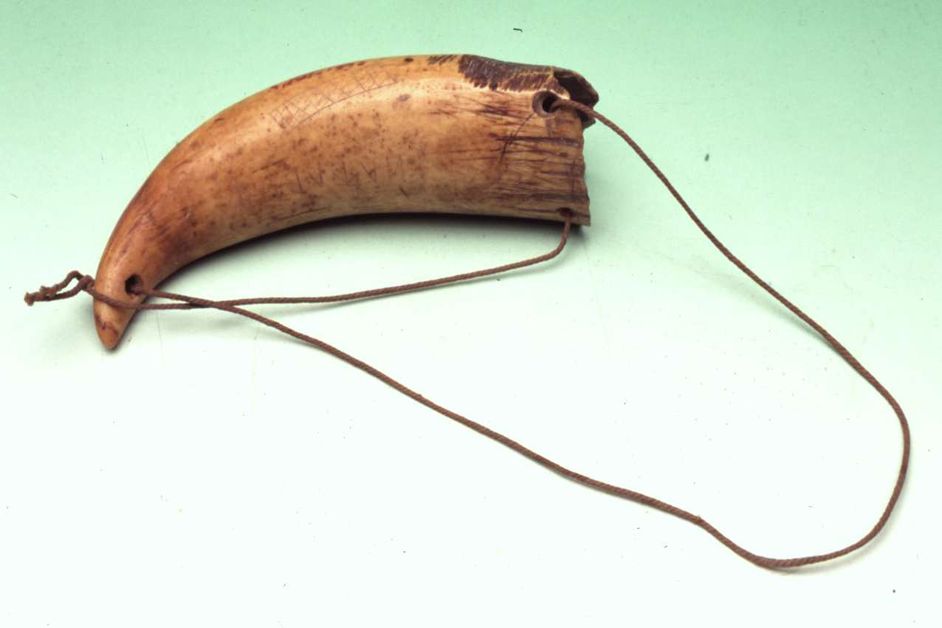
Click here to view image
D'Albertis Enrico Alberto 1932
Tabua
C.D.A.1041
Fiji
L'uso dell'avorio fu introdotto nelle Fiji da Tonga nel XVIII secolo. In seguito la presenza di cacciatori di cetacei rese più facile l'utilizzo di questo materiale. Antecedentemente i tabua erano fatti di legno o di particolari conchiglie. Erano particolarmente apprezzati i tabua con patina scura, ottenuta esponendoli, unti di olio di cocco, ai fumi di un fuoco.
Simbolica/celebrativa/mezzo di scambio/offerta Veniva offerta nelle occasioni importanti; non aveva un valore fisso: il valore era determinato dallo status di chi lo offriva. Ancora oggi viene usato in occasione di matrimoni, nascite, morti e in celebrazioni ufficiali di stato.
Consisting of a sperm whale tooth, it possessed a sacred value and was given on occasions of particular social and religious importance. They were appreciated tabua with dark patina, obtained by exposing them, anointed with coconut oil, to the fumes of a fire.

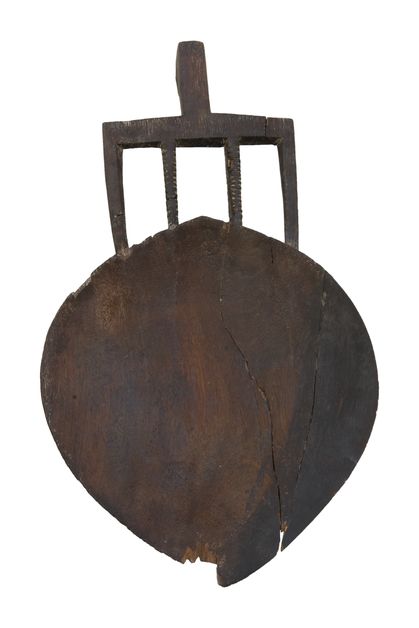
Click here to view image
Sedre ni waiwai (plate for oil) / dave ni yaqona (cup for yaqona) / "
wood
In the museums there are numerous specimens of these containers since they were delivered by the priests to the missionaries when they converted to Christianity.

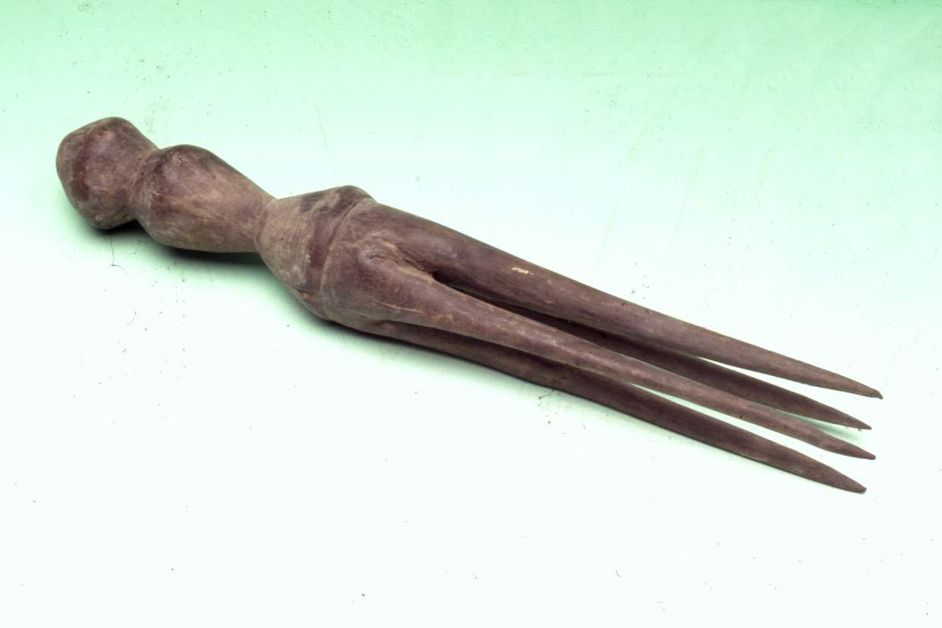
Click here to view image
E.A. D'Albertis 1932
Fork
C.D.A.1089
Unità di misura: cm
Tipo di misura: lunghezza
Valore: 28.5
Fiji
wood
Portare alla bocca cibi simbolicamente sacri e di conseguenza intoccabili con le mani. Questi oggetti vennero introdotti nei musei occidentali dai missionari con la definizione di "forchetta dei cannibali" al fine di evidenziare la difficoltà della loro azione evangelizzatrice.
Introduced in Western museums by missionaries with the definition of "cannibal fork" to highlight the difficulty of their evangelizing action.
Even today it is reproduced as it is one of the most sought after souvenirs by tourists.

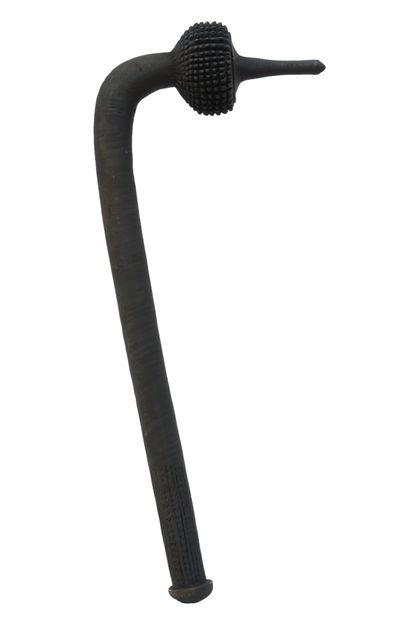
Click here to view image
Collezione del Cap. E.A. d'Albertis (?) 1932
Totokia (battle hammer to beak)
S.N. 268
Fiji
La testa veniva intagliata a forma del frutto del pandano, albero diffuso nel pacifico meridionale.
Offensiva Veniva usata generalmente per l'esecuzione di trasgressori delle leggi sociali e per il sacrificio umano.
The shape of the head is inspired by the fruit of the pandane (Pandanus caricosus, Pandanus tectorius), tree diffused in the South Pacific, of which are utilized all the parts, from the leaves to the roots. It was the favored weapon of the chiefs and warriors of rank and was used for the execution of transgressors of social laws and for human sacrifice. For its functions it was considered sacred.

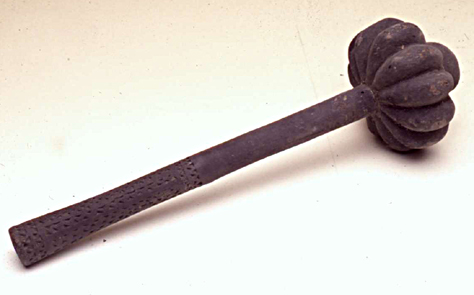
Click here to view image
I ula tavatava
wood
Throwing club (the ula), short range; it could also be used in close combat. It was worn to the belt alone or in pairs. It takes its name from the multiple lobes of the head (tavatava).




Headquarters:
Municipality of Genoa - Palazzo Tursi
Via Garibaldi 9 - 16124 Genoa
C.F / VAT 00856920102